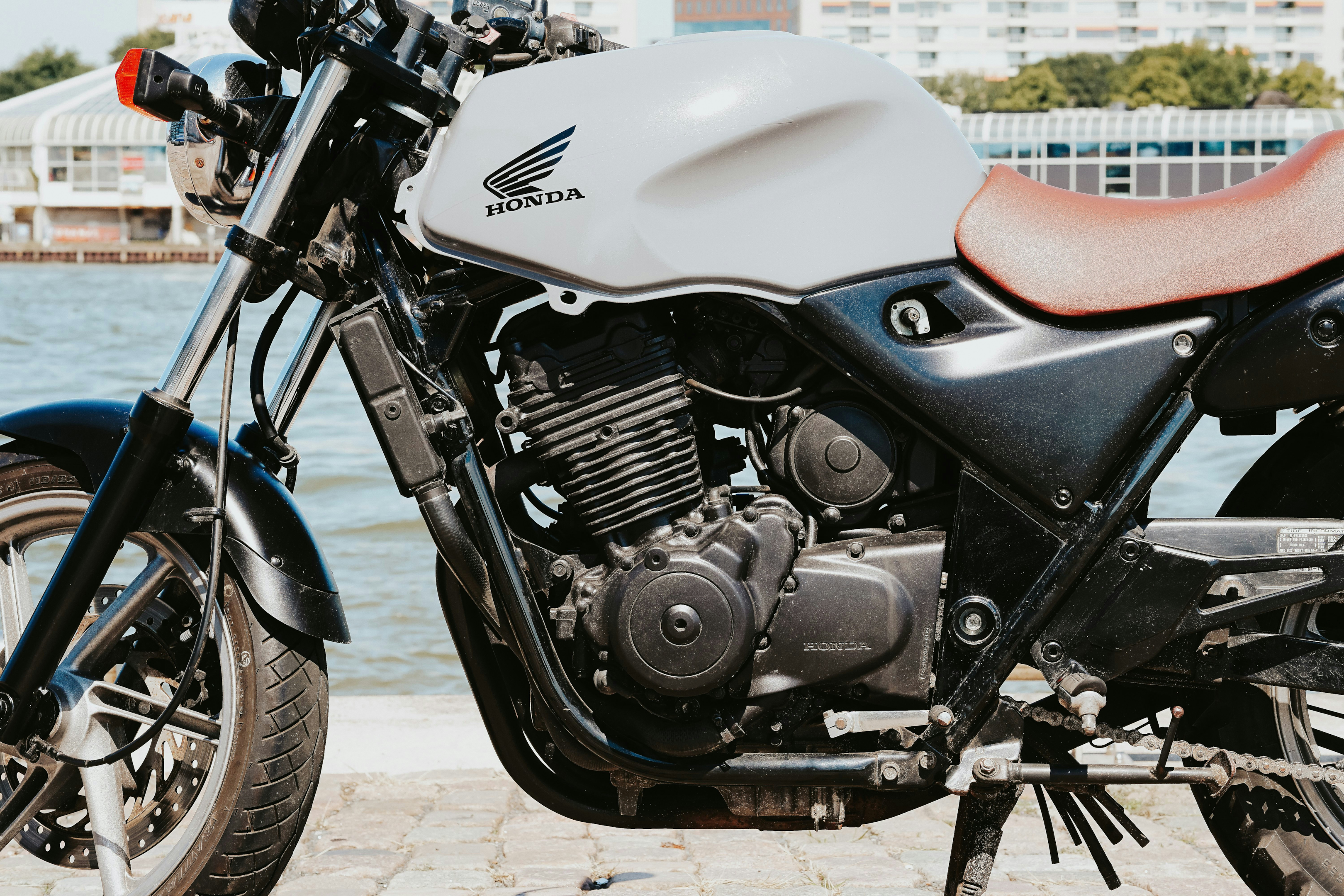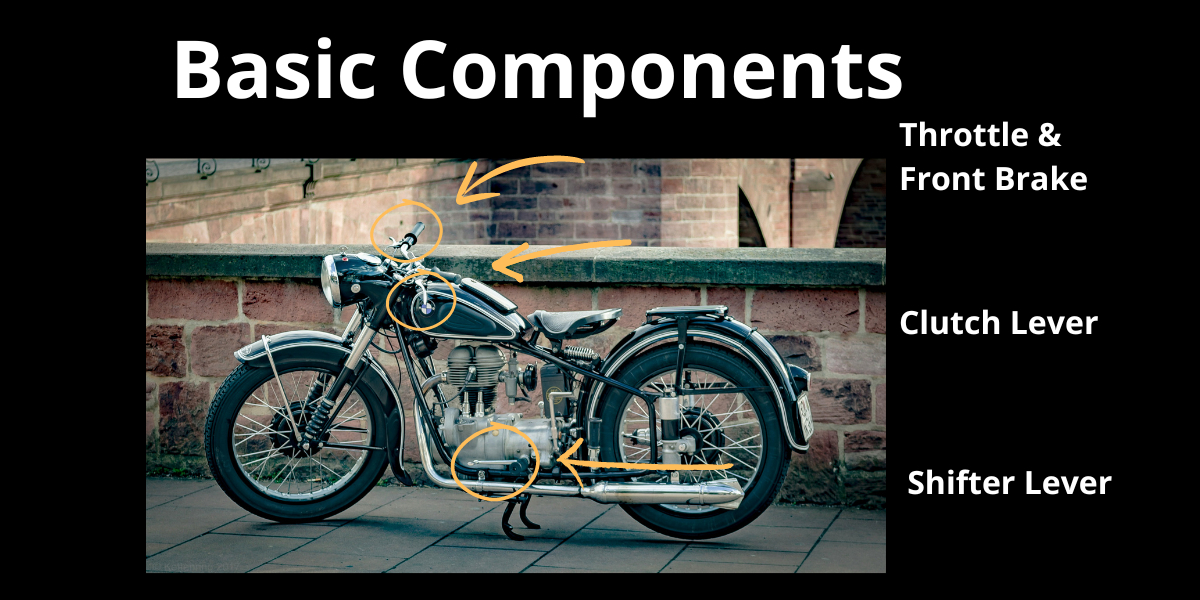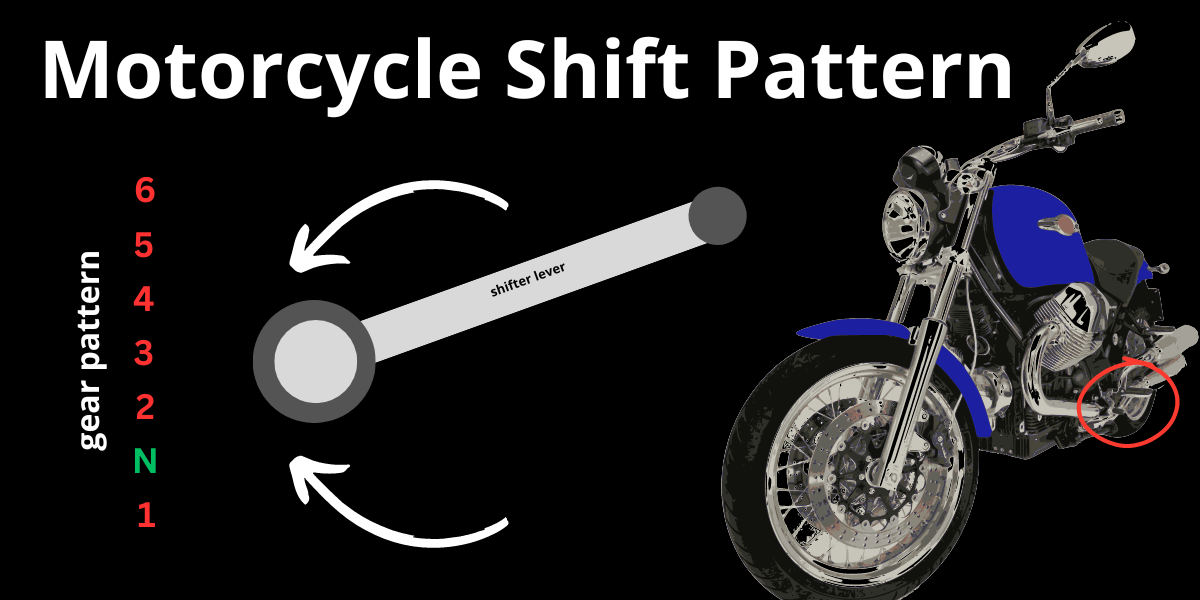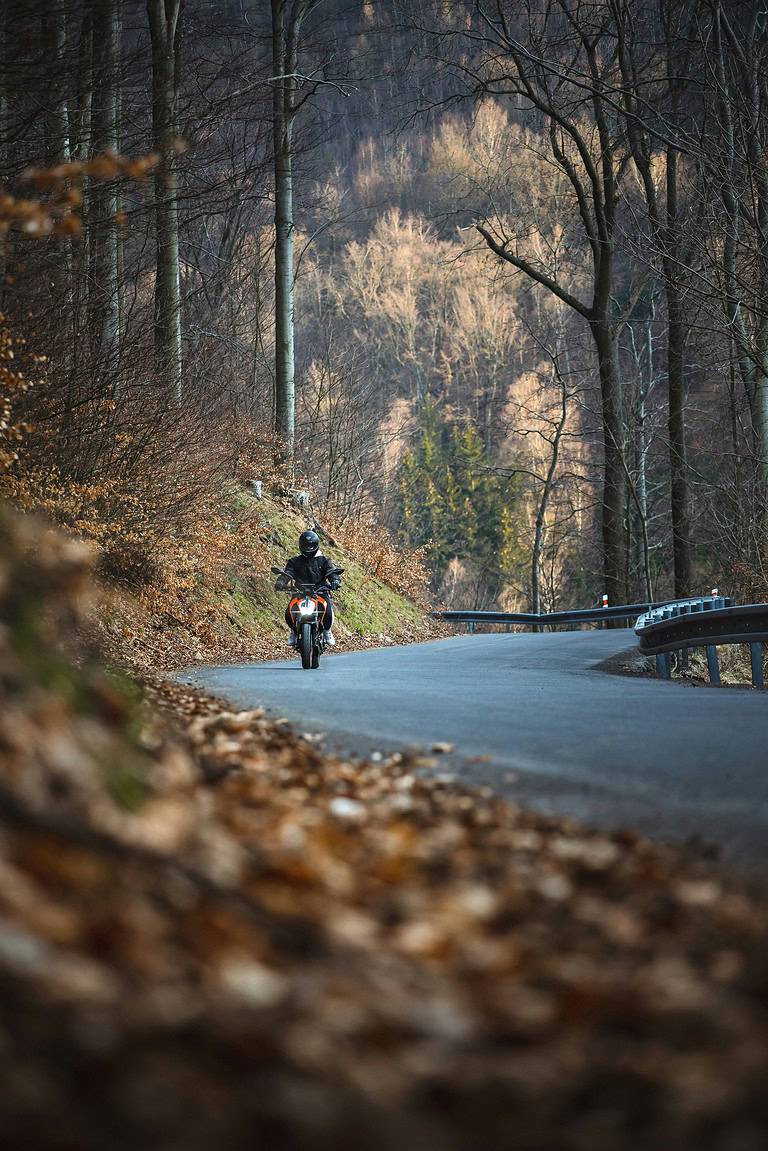How To Shift A Motorcycle: Going Through the Gears
Are you pumped about getting on a motorcycle, but getting a little tangled up in the confusion of how to shift a motorcycle?
Understanding your transmission is a critical part of becoming a good rider. It’s not just about moving levers; it’s about understanding your engine speed and smoothly transitioning through the gears to get the full potential out of your bike.
Here are the overall topics you’ll find in this article:
- Learn the essentials of operating a motorcycle’s manual transmission.
- How to shift step by step.
- Take me straight to the Frequently Asked Questions!
Shifting gears on a motorcycle can seem daunting at first. It’s a dance of coordination between your hands and feet, all while keeping your eyes on the road.
But why does it matter?
Well, efficient shifting can mean the difference between a jerky ride and a smooth journey. It impacts everything from your bike’s performance to its longevity.
This blog post will guide you through the basics of motorcycle controls, dive into the mechanics of a sequential gearbox, and provide practical tips on finding that sweet spot for the perfect shift every time. And eventually, it’ll all become muscle memory.
So, without further ado, let’s get into it!

Bottom Line Up Front: How To Shift a Motorcycle
This shortlist is designed to get you the basic knowledge you need and get you out on the road faster. Practice makes perfect, but this is all you need to do to get going.
Basic Motorcycle Controls
Unlike a car, motorcycling makes use of all four of your limbs, meaning that it takes a good amount of coordination between them to get everything to work smoothly.
At your left foot peg, you’ll find the gear shift lever. This lever moves in notches up and down.
The lever near your left handlebar grip is the clutch lever.
The lever near your right handlebar grip operates the front brake.
At your right foot peg, you’ll find the rear brake lever.
For the purposes of learning to shift, we’ll be focused on the gear shift lever, the clutch, and the throttle.

How to Shift the Bike Step by Step
This assumes that you’ve already gotten the bike to roll forward and you’re in first gear.
- Roll off the throttle with your right hand.
- Simultaneously, pull in the clutch lever completely with your land hand, until you feel the clutch disengage.
- Tuck your left foot underneath the shift lever, and lift with your toe, using the foot peg as leverage. You’ll notice that your bike will go through neutral, and into second gear.
- Slowly release the clutch lever with your left hand while rolling back onto the throttle, until you can feel the friction zone start to grab again.
- Release the clutch lever with your left hand completely once you have the clutch engaged fully.
- Throttle away! You’re in the next gear, and you can now gain speed. When you’re ready, you can continue to climb into higher gears as your speed increases.
This whole process happens quickly, within a matter of moments! But don’t worry; the shifting process becomes second nature over time, as will shifting smoothly.
Why Neutral is Between 1st and 2nd Gear
Neutral is designed to be hard to find, as it is meant to be a zone that you have to carefully and gently move into, and only when stopped or parked.
It is common for new riders to occasionally release the clutch while still in neutral as they move between first and second gear. The bike makes a huge amount of noise, but goes nowhere!
Trust us, it makes you feel very silly, but it’s usually something to chuckle about, and move on. It’s happened to all of us, and the only thing that gets bruised is your ego!
How to Know When to Shift
The two biggest gauges on bikes are usually the tachometer and the speedometer. While the speedometer measures your movement relative to the ground, the tachometer measures engine revolutions per minute (also known as engine revs, or RPM).
The tachometer has what’s called a redline, an area of RPM where that speed could be detrimental to the engine – this is the area you want to avoid. You just need to shift before you hit this line.
Shift too early, and you will feel the bike lug, meaning the engine will struggle to rotate and propel the bike forward. Shift too late, and you may hit that redline and the engine RPM will not increase anymore, and it will “bounce” off the limiter. Most bikes will shift nicely between 5,000 and 7,000 RPM, but over time you will get a feel for where the bike is comfortable moving from gear to gear.
While most bikes these days have a tachometer to measure the engine RPM, not all do. In this case, you’ll have to switch gears by feel and sound, rather than using the tachometer as a guide.
How to Shift Gears Smoothly
The key to smooth gear shifts is to try to match the engine revs from one gear to the next. Most new riders struggle more with downshifts as opposed to upshifts. But since most modern bikes come with slipper clutches, shifting gears smoothly has never been easier.
If you’re moving to a higher gear, the coordinated movement of your clutch lever and throttle control will aid in smoothness. Simultaneous motion and a slow release of the clutch lever through the friction zone will help you easily slide into the higher gear.
If you’re moving to a lower gear, rev-matching between the gears, along with slow and smooth movements as you release the clutch once engaged with the lower gear, will aid in overall smoothness.
How to Know What Gear You’re In
There are typically only five or six gears on a motorcycle. While not all bikes have a sixth gear, they do all have the same gear pattern since the gearbox is sequential.
Modern motorcycles often have a gear indicator so that you know where you already are when shifting gears. However, if your bike doesn’t have one, you can use several fingers held out on your clutch hand to keep track of the gear.

This is just a place to start; we think you’ll find you won’t need that trick for long.
In our experience, the gear you’re in doesn’t matter all that much if you’re riding by feel. For highway driving, if you go to upshift and there are no gears left, all is still good. And when coming to a stop, you just keep clicking the gear shift lever down until you hit first gear.
It is important to choose the appropriate gear for curves and turns, and that’s where knowing what gear you’re in might be helpful. This varies by bike as not all motorcycle gears are similarly toothed across bikes, and trying different gears for different scenarios is the best way to figure out which to be in.
Bottom line: if you’re concerned you won’t be able to accelerate out of the turn, you can always drop a gear.
How to Slow Down for a Stop
When coming to a full stop, it’s okay to allow for some engine braking to initially slow you down, but ultimately, the MSF course teaches you to brake with your clutch lever held in, all while shifting down to the first gear. This allows you to move the gear shift lever down to the first gear uninterrupted while focusing on braking the motorcycle.
Once you fully disengage the clutch by pulling the clutch lever, approach with the throttle closed, squeeze the tank with your knees, and brake (both front and rear, prioritizing the front brake).
Conclusion
Now that you’ve got some basic knowledge, it’s time to get out and practice.
Remember that smooth shifting isn’t learned overnight, and every bike is a little bit different. If you’ve never driven a manual car before, the process might take you a little bit longer, so be patient with yourself.
Let us know how it goes!
FAQ
Is it possible to shift when stopped?
Absolutely. As long as your clutch is pulled in, you can move between any of the gears while stopped.
How do I rev-match on a downshift?
We’ll be putting together a post on this soon, but until then the basics are that you need to blip the throttle while the clutch is disengaged, before re-engaging the clutch.
What if the shifter gets stuck while stopped?
Every once in a while, this will happen. There are two ways to remedy it: Either roll the bike forward or back a bit, or let the clutch lever out a little to briefly engage the friction zone and try again.
Why is it so hard to get into neutral?
It’s designed to be that way! If you’re moving between gears quickly (either up or down) you don’t want to accidentally be in a place where there will be no power going to the rear wheel.
What is GP shift?
For those racing, it makes more sense to have the gears on a motorcycle shift up as you press down with your foot on the gear shift lever. This is because it’s more critical to get the upshifts right through acceleration. This switch is recommended only for experienced riders.
What is a quick shifter?
A quick shifter is an electronic addition to your gear shift lever that electronically matches your engine speed with the gears. On a downshift, it will automatically blip the engine so that the engine speed will match the lower gear. This allows for a much quicker gear change with no clutch lever inputs.







